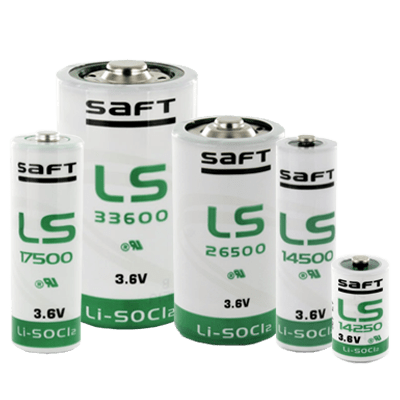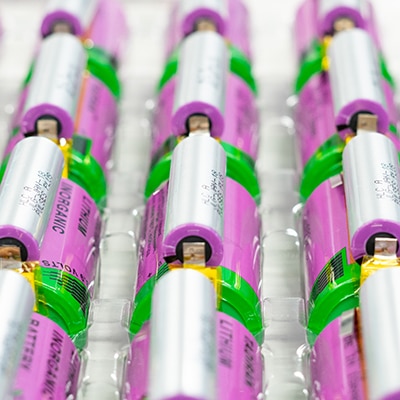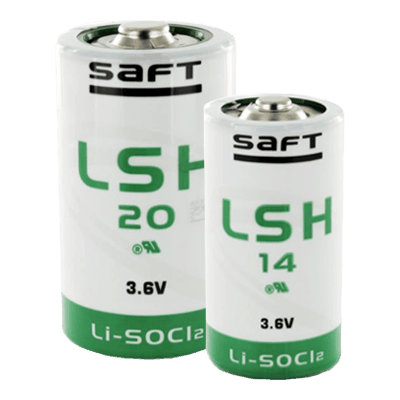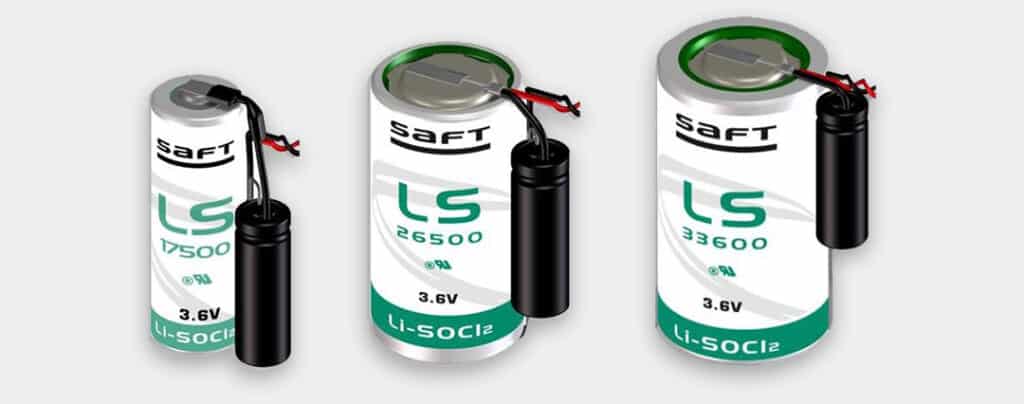The Internet of Things (IoT) has become more recognised, as technology becomes more integrated into businesses and daily lives. It has replaced the former buzz word SMART (Self-Monitoring, Analysis and Reporting Technology).
More than half of new businesses will run IoT in 2020. Using devices that communicate with others across the factory, city, country or even globe. Creating a network that delivers real time analytics using the Internet or network. The advantages IoT systems have over other tech are scalability, automation and their ability to be easily upgraded. Creating more value than SMART technology.
The ability to easily increase the network of IoT devices requires them to be wireless. Meaning batteries have become a vital component in IoT applications, providing power across a wireless network of devices. Choosing the right battery to power the application can be the difference between a successful network or an expensive one.

There are many parameters when considering a cell or battery pack for the IoT. Most require a long-life expectancy (5 year minimum) while remaining compact in size, to meet the ever shrinking size of our tech devices. A wide range in operational temperature can also be a key factor, while a stable output voltage is essential throughout the batteries lifetime.
IoT networks span large areas, with devices being shipped all around the world. As a result, battery Safety is another crucial consideration that should be made.
In most applications, a standard AA cell simply wont hold enough capacity to power the device for a prolonged period. With this in mind, we can not emphasize enough the importance of considering the battery at the earliest possible stage of design. By doing so, you avoid designing equipment that can not physically hold a big enough battery to power it.
If the IoT System cover’s a large area, the expected battery life can determine how expensive it is to maintain the system. If regular maintenance is required to replace cells, the cost to run the devices can easily run away through servicing fees.
Taking the above into consideration, there is only one type of chemistry that has a high enough energy density (energy stored in a set space) to suit IoT applications. Lithium-Thionyl Chloride offers unrivaled energy density and proven reliability and safety.
On many occasions, a custom battery pack may be required to produce a solution that fits the required specification of the application. Using a Custom battery pack gives more flexibility when it comes to increasing the voltage and capacity of the battery. For more information on custom battery packs, visit our custom battery packs services page.
Cell Pack Solutions have used and continue to recommend both Tadiran and Saft cells. Both manufacturers offer impressive numbers when it comes to battery passivisation (self-discharge). Allowing their batteries to last longer than other chemistry and manufacturers of Li-Socl2 cells.
These cells are 3.6V and come in a range of different sizes. Both offer solutions for low, continuous or moderate pulse currents & moderate continuous or high pulse currents, but do so in different ways.
Applications used in remote locations, often require low continuous currents to obtain the longest operating life possible; reducing the need for maintenance (and cost to do so). Applications such as metering, trackers and Sensors.

Tadiran Sl bobbin cell construction results in the lowest Passivisation percentage of any cell at an incredible 0.7%. Resulting in cells that retain nearly 70% of their original capacity after 40 years. To put that into perspective, other Bobbin type Li-SOCl2 cells have up to 3% self discharge, exhausting 30% of their original capacity after 10 years.

Safts LS range has a bobbin cell construction that gives it a high energy density and can restore it for up to 20 years. They can withstand high temperatures -60oC to +150oC. they are also able to withstand strong vibrations and broad fluctuations of pressure.
Safts LSH or a combination of Tadirans SL and Hybrid layer Capacitor may suit applications that require higher current.

Tadiran offer a Hybrid Layer Capacitor (HLC) that can be paired with its SL range. The standard Li-SOCl2 cell delivers low background current, while the HLC delivers high pulses of energy required for data interrogation and transmission.

Safts LSH range has a Spiral cell construction that gives it more surface area to transmit higher pulses of energy to devices. The LSH range can also withstand strong vibrations and high temperatures.

Saft have introduced a new hybrid range that combines Safts LS range with a Lithium-Ion Capacitor (LiC). Combining the characteristics of the LS range with the ability to produce higher pulses. They have brought out this new hybrid system with the IoT specifically in mind
If you have any questions, don’t hesitate to contact us. One of our friendly staff will be happy to help you with any queries.